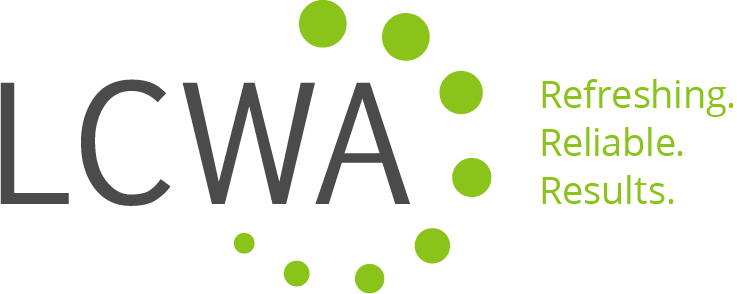February 28, 2019
 You have secured a media opportunity for your spokesperson, now it’s time to get them ready! Whether you are dealing with a seasoned public speaker or an industry novice, it is important to make sure your spokesperson is comfortable and prepared before an interview. Here are some simple steps to consider for each interview:
You have secured a media opportunity for your spokesperson, now it’s time to get them ready! Whether you are dealing with a seasoned public speaker or an industry novice, it is important to make sure your spokesperson is comfortable and prepared before an interview. Here are some simple steps to consider for each interview:
Step 1: Background Information
Leading up to the interview, pull together background information on the reporter and media outlet. These details should go beyond just audience size and geographic reach to include why the outlet is a good fit for your story. Background on the style, tone and types of stories typical of the reporter is equally important, as they will likely be the one interacting directly with your expert.
Tip: When the spokesperson understands how this interview opportunity will meet communication goals, they will feel more comfortable during the interview.
Step 2: Key Messages/Talking Points
Even the most veteran spokespeople can find themselves going off on a tangent during an interview, veering away from original point of the opportunity. PR teams must ensure key messaging is top-of-mind during any media opportunities and worked into interview responses naturally. Create general messages to keep in mind, as well as precise talking points for anticipated questions.
Tip: Do not overwhelm the spokesperson with a script, but rather provide main messaging and a few key stats that they can pop in the story organically.
Step 3: Interview Logistics
One easy way to make a spokesperson nervous is to not have all the details of the interview ready ahead of time. Ensure your client and team have accurate information on the date, time, location and other logistics prior to the interview so necessary arrangements can be made. The small details can quickly turn a simple interview into a stressful disaster without careful planning and coordination.
Tip: Always double check the information your team has is the same as the reporter, and provide regular updates to ensure everyone is on the same page.
Step 4: Media Training Tips
Whether it is talking too fast, not standing still or sharing too much information, even professional spokespeople may have bad habits to break. Based on the type of interview (phone or TV), develop a list of basic interview best practices to help prep the spokesperson so he or she feels ready and is not self-conscious when answering questions.
Here are a few to keep in mind:
- Keep answers short and concise
- Speak slowly and take breaths when you need to think about an answer
- Smile when appropriate
- Avoid clothing with large words or brands, as well as “jingly” jewelry
- Find a comfortable stance to avoid swaying
Tip: Remind your spokesperson of basic rules, like not fidgeting or avoiding busy patterns. They may seem obvious to you, but are likely not as well known to your expert.
Step 5: Practice, Practice, Practice
Reading and understanding talking points is one thing, but using them correctly in a response to a reporter requires a different skill set. Set aside time before the interview to talk through tough questions and allow the spokesperson to run through potential answers. These practice interviews can range from a simple over-the-phone discussion to a more thorough, role-playing rehearsal. The goal is make sure the spokesperson is comfortable with the topic, key messages and interview format before the actual interview.
Tip: Develop a variety of question types to help train the spokesperson on how to adapt to difficult questions and steer the conversation back to key messages.
